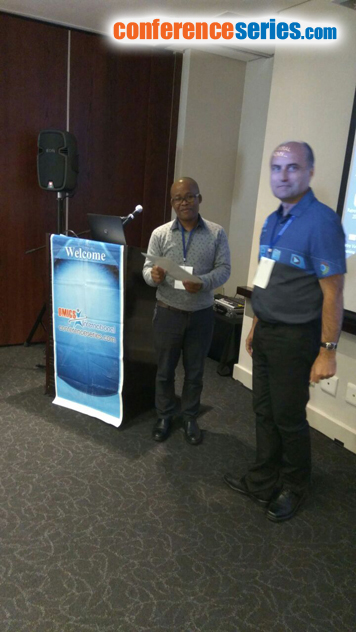
Direslgne Misker
Arba Minch Town, South Ethiopia
Title: Effect of highly active antiretroviral therapy on incidence of opportunistic infections among HIV positive adults in public health facilities of Arba Minch Town, South Ethiopia: Retrospective cohort study
Biography
Biography: Direslgne Misker
Abstract
Background: Studies of Antiretroviral Therapy program in Africa have shown high incidence rate of opportunistic infections in both Antiretroviral Therapy receiving and Pre ART Human Immunodeficiency Virus infected patients. However, incidence of opportunistic infections and factors that contribute for development of it were poorly described in Ethiopia especially in the study area. Objective: To determine the effect of HAART on incidence rate of opportunistic infections among HIV-positive adults in Public Health facilities of Arba Minch town. Method: Retrospective cohort study was used and the required sample size was 464. Study participants were selected randomly from the list of adult people living with HIV attending the public health facilities for ART. Univariate analysis was used to describe patients’ baseline and follow up characteristics. Kaplan-Meier survival and log rank test were used to estimate survival and compare survival curves respectively. Cox proportional-hazard regression model was used to determine independent predictors of incidence of opportunistic infections. Result: A total of 464 patients (232 in each cohort) contribute for 898.12 person years of follow up. The incidence of opportunistic infections was 55.8 per 100 person year and 3.4 per 100 person year of follow up in pre ART and HAART cohorts respectively. Being on HAART decreased occurrence of opportunistic infections by 93%. In contrary being male, being widowed, substance use, rural residence and having baseline CD4 count of 350-499 cells/μl are independent predictors of increased risk of opportunistic infections. Conclusion: The incidence of opportunistic infection was higher in pre ART cohort. Male gender, being widowed, substance use, rural residence and having baseline CD4 count of 350-499 cells/μl were independent predictors of increased risk of opportunistic infections.



